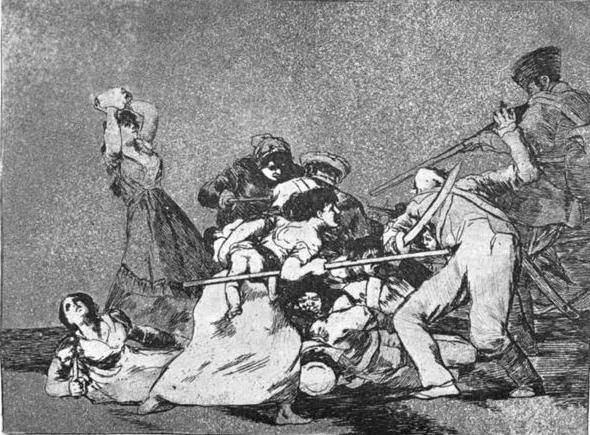A professor of psychology from Louisiana insisted on the existence of three factors that increase violence in rural areas. Is it possible to prevent violence in society?

What is the source of violence? Why do violent conflicts and quarrels break out? Is it possible to create an idyllic society where there will be no wars? These questions have troubled mankind for thousands of years, and now science is also trying its best to solve them. If we succeed in formulating a theory that unifies all the causes of violence, or even most of them, we may be able to find a set of laws that will reduce violence in certain societies to a minimum.
In order to achieve this lofty goal, psychology professor Matthew Lee from Louisiana State University studied in depth the phenomenon of violence in book areas. His article, "Civil Community in the Interior: Towards a Theory of Rural Social Structure and Violence," will be published in the important journal Criminology. This article will be the highlight for me for the prestigious career award given to him by the National Institute of Science in 2003.
"The previous research in the field was narrow in its outlook and did not find a way to unify the different ideas about the different avenues of social involvement. I tried to tie all of these together, hoping to develop a well-polished theory that would advance the understanding of the problem." told me.
The study focused on certain rural areas where there is a high level of violent crime. These areas include the Mississippi Estuary, parts of Appalachia and certain communities in Louisiana. Lee discovered that there are three main factors that influence the level of violence in those areas.
The first factor is the degree of stability of the local population, and the level of economic investment that the people of the area have in the community. In order for this factor to be reduced as much as possible, the houses in the area should belong to their owners instead of being rented to tenants. This factor also includes the number of residents who intend to stay in the area even in the long term, and the strength of the social networks in the community.
"Perhaps not surprisingly, places where there are high levels of renters and rapidly changing citizens are more likely to experience increased violent crime compared to a community where the houses belong to most people and the population remains stable," said Lee.
The second factor speaks in praise of organizations that involve social community activity. Such organizations, for example, are the Scouts, a teacher-parent organization, or even religious institutions. The more people in the community stick to participating in community activities, the rate of murders by the youth goes down.
The third and last factor conditions the decrease in violence in the presence of a strong and economically independent middle class. Such status usually reflects local capitalism, or community-owned businesses. The economic investment that a person contributes to his community increases the level of investments from the rest of the region. Small business owners also tend to participate in other forms of community involvement, as they generally have more time and money to invest in such activities.
"Ultimately, the more people are involved in the rural community, and the more its stability and safety increases, the less likely they are to be bothered by problems of violence," Lee said.
Will the new research bring real results in the fight against violence? Since the research was done in the areas of the book only, there is no certainty that it is also valid for entire cities. At the same time, it is possible to apply the lessons from it to separate neighborhoods, simulating distinct villages. As the research on the subject deepens - and to the extent that the various politicians decide to implement its results - the hope for a reformed society with a minimum of violence will increase.

One response
Less poverty and less disparities -> less violence. What a genius, too bad I'm not a professor of trivial studies, I'd do a better job.